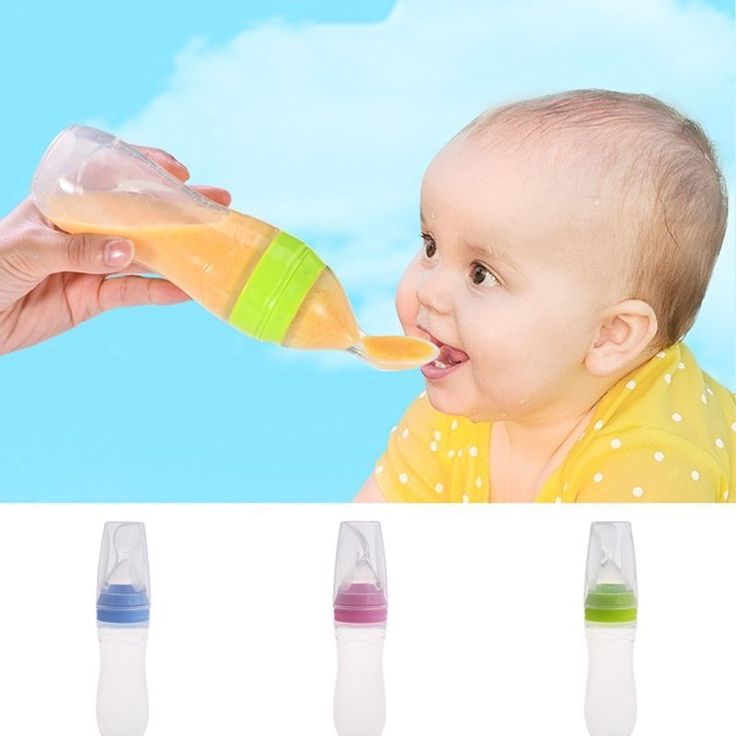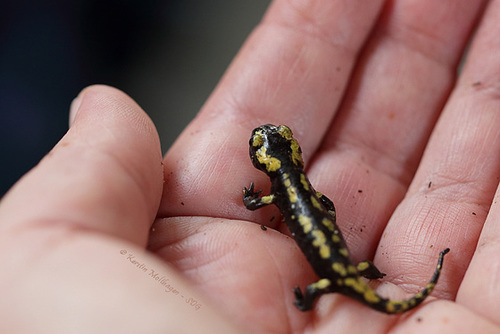When can babies eat food with salt
How Much Should They Eat?
If you’re a new parent, you may be wondering how much salt is OK to include in your baby’s diet.
While salt is a compound that all humans need in their diets, babies shouldn’t get too much of it because their developing kidneys aren’t yet able to process large amounts of it.
Giving your baby too much salt over time may cause health problems, such as high blood pressure. In extreme and rare cases, a baby that’s had a large amount of salt may even end up in the emergency room.
Too much salt during infancy and childhood may also promote a lifelong preference for salty foods.
This article explains what you need to know about salt and babies, including how much salt is safe, and how to tell whether your baby has had too much salt.
You may add salt to your baby’s food in hopes that it’ll improve the taste and encourage your baby to eat.
If you use a baby-led weaning approach to feeding your baby, you may end up serving your baby foods containing more salt simply because you’re serving them the saltier foods you eat as an adult (1, 2).
However, babies who get too much salt through their diets can run into a few issues.
A baby’s kidneys are still immature, and they aren’t able to filter out excess salt as efficiently as adult kidneys. As a result, a diet that’s too rich in salt may damage a baby’s kidneys. A salt-rich diet may also affect a baby’s long-term health and taste preferences (3, 4).
Babies are born with a natural preference for sweet, salty, and umami-tasting foods (1, 4, 5).
Repeatedly being offered salty foods may reinforce this natural taste preference, possibly causing your child to prefer salty foods over those that are naturally less salty.
Processed foods, which tend to be salty but not typically rich in nutrients, may be preferred over whole foods with naturally lower salt contents, such as vegetables (4, 6, 7, 8, 9).
Finally, salt-rich diets may cause your baby’s blood pressure to rise. Research suggests that the blood-pressure-raising effect of salt may be stronger in babies than it is in adults (3).
As a result, babies fed a salt-rich diet tend to have higher blood pressure levels during childhood and adolescence, which may increase their risk of heart disease later in life (10, 11).
In extreme cases, very high intakes of salt can require emergency medical care, and in some cases, even lead to death. However, this is rare and usually results from a baby accidentally eating a quantity of salt much larger than parents would normally add to foods (12).
SummaryToo much salt can damage a baby’s kidneys, increase their blood pressure, and possibly raise their risk of heart disease later in life. A salt-rich diet may also cause your child to develop a lasting preference for salty foods.
Sodium, the main component in table salt, is an essential nutrient. Everyone, including babies, need small amounts of it to function properly.
Young babies under 6 months of age meet their daily sodium requirements from breast milk and formula alone.
Those 7–12-months-old are able to meet their needs from breastmilk or formula and the small amounts of sodium naturally present in unprocessed complementary foods.
As such, experts recommend that you don’t add salt to your baby’s food during their first 12 months (2, 4, 5).
Having an occasional meal with salt added is OK. You may sometimes feed your baby some packaged or processed foods with salt added or let them try a meal from your plate. That said, overall, try not to add salt to the foods you prepare for your baby.
After 1 year of age, recommendations vary slightly. For instance, the European Food Safety Authority (EFSA) considers 1,100 mg of sodium per day — about half a teaspoon (2.8 grams) of table salt — safe and adequate for children of 1–3 years (13).
In the United States, recommendations for the same age group average 800 mg of sodium per day. That’s about 0.4 teaspoons (2 grams) of table salt per day (14).
SummaryBabies under 12 months should not get any additional salt through their diet.
Intakes between 0.4–0.5 teaspoons of salt appear safe in children up to 4 years old.
If your baby eats a meal that’s too salty, they may seem thirstier than usual. Typically, you won’t notice the effects of a high salt diet immediately, but rather over time.
In extremely rare cases, a baby that’s eaten too much salt can develop hypernatremia — a condition in which there’s too much sodium circulating in the blood.
If left untreated, hypernatremia can cause babies to progress from feeling irritable and agitated to drowsy, lethargic, and eventually unresponsive after some time. In severe cases, hypernatremia can result in coma and even death (15).
Milder forms of hypernatremia can be more difficult to spot in babies. Signs that your baby may have a mild form of hypernatremia include extreme thirst and a doughy or velvety texture to the skin.
Very young babies may start crying in a high pitched fashion if they’ve accidentally eaten too much salt.
If you think that your baby may have gotten into too much salt or is beginning to show signs of hypernatremia, call your pediatrician.
SummaryIf a baby has a salty meal occasionally, you may notice they are thirsty. In extremely rare cases, babies who have ingested large amounts of salt may develop hypernatremia and require medical attention.
As a parent, you can limit the amount of salt your baby eats in several ways.
Most baby food purées may contain small amounts of naturally occurring sodium from the foods they are made with but very little, if any, added salt. If your baby is currently eating them exclusively, they’re unlikely to ingest too much salt.
If you make your own baby food, skip adding salt, choose fresh foods, and check labels on frozen or canned vegetables and fruits to find lower sodium options.
Also, remember to rinse canned foods, such as beans, lentils, peas, and vegetables, before adding them to purées or meals. Doing so helps reduce their sodium content (16).
Doing so helps reduce their sodium content (16).
If you’re doing baby-led weaning, you can set aside a portion of meals for baby before adding salt or make family meals with spices and herbs instead of salt.
Check the sodium content of foods you frequently buy, such as bread, cereal, and sauces. Lower sodium versions are available for most packaged foods, and comparing labels can help you find a brand with less salt added.
Frozen meals, as well as takeout or restaurant foods, are generally higher in salt. Occasionally, it’s fine for baby to have these meals, but when dining out, a lower salt alternative would be to bring a few foods from home for your baby.
SummaryYou can minimize the amount of sodium your baby eats by offering them foods without added salt. Replacing pantry foods like bread and sauces with low sodium alternatives can also help.
Babies need small amounts of salt in their diet. However, their bodies can’t handle large amounts.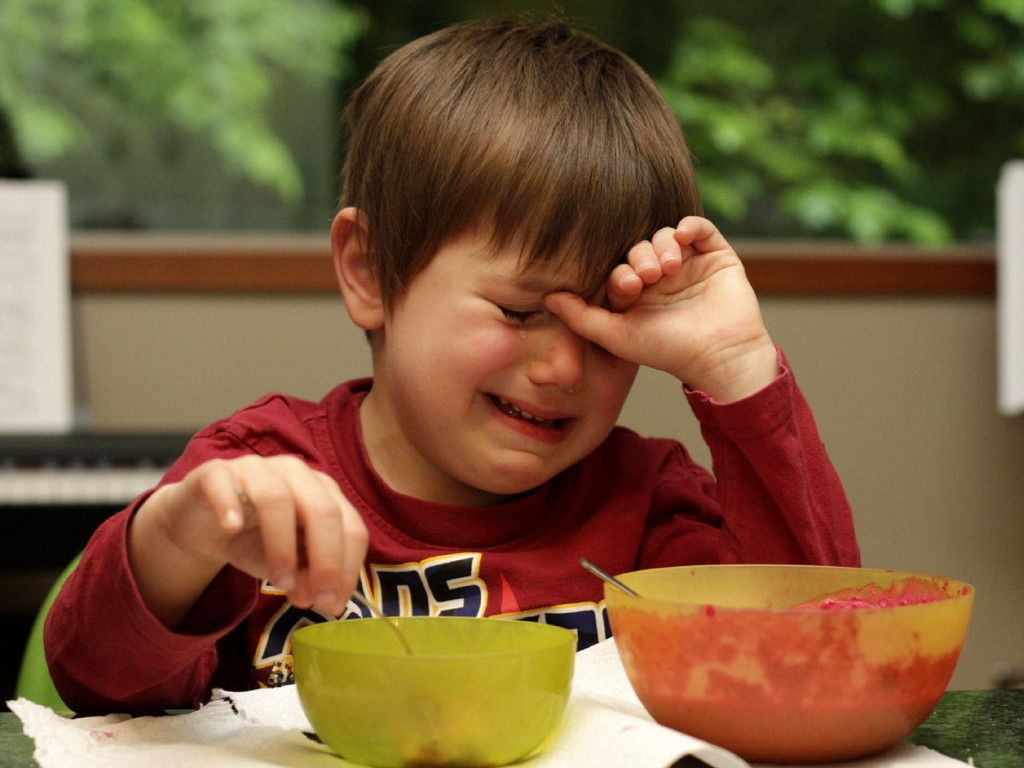 Babies fed too much salt may be at risk of kidney damage, high blood pressure, and possibly even an increased risk of heart disease.
Babies fed too much salt may be at risk of kidney damage, high blood pressure, and possibly even an increased risk of heart disease.
Moreover, a salt-rich diet may cause babies to develop a lifelong preference for salty foods, in turn, possibly lowering the overall quality of their diet.
Try not to add salt to your baby’s foods when they are under 12 months. After 1 year, you can include a small amount of salt in your child’s diet.
Just one thing
When cooking a family-style meal, get into the habit of adding salt near the end of cooking. This way, you can reserve a no-salt-added portion for your baby.
Why salt for babies is an important topic for new parents
We are told to avoid salt in babies under 1 year of age as their kidneys can’t cope with it. However we all – including babies – need a little bit of salt to survive. What baby’s kidneys can’t cope with is too much salt.
If you would like a PDF version of this blog delivered directly to your inbox, pop your details below.
How much salt do babies need?
Babies only need a tiny amount of salt, in fact it’s less than 1g per day until they turn one. For the first 6 months of life they will meet their salt needs through breastmilk or formula.
One to 3 year olds shouldn’t have any more than 2g salt per day.
Once weaning starts and milk feeds reduce, your baby will get the additional salt he/she needs from food, but this is where it tends to go a bit haywire and babies consume too much.
We know that by the age of one year the vast majority of babies are having far too much salt and we know that baby-led-weaners get there sooner.
What is sodium?
Sodium Chloride is the chemical name for salt often referred to just as sodium and it’s actually the sodium component that is harmful if your baby eats too much of it. Salt and sodium are often used interchangeably and you may see both on food labels.
How do babies eat too much salt?
The staple foods of weaning such as bread, crackers, breadsticks and cheese are actually very high in salt because it is needed as part of the recipe.
Also processed meat such as ham and sausages are popular foods given to little ones but are very salty too.
Breakfast cereals , even plain ones, can be a huge contributor to salt in your child’s diet.
It is important to avoid adding salt to anything you cook from scratch, even if you think it tastes bland. Taste is a very different experience for your baby than it is for you. You should also avoid soy sauce, standard stock cubes, gravy and packet, tinned or jar sauces marketed for family meals, as they tend to have high salt content.
How can you manage your baby’s salt intake?
Cook From Scratch
Whenever you can, use herbs and spices as flavour enhancers. Baby stock cubes are very handy as they are much lower in salt and if you want to go the whole hog you can make bone broth from a chicken carcass and herbs boiled in water or a lovely vegetable stock from veggies and herbs.
Check Food Labels
Shop bought baby foods, such as baby cereals, finger foods and pouches have a low salt content as it is against the law to add salt to baby food during processing. Toddler and children’s meals, however, can have salt added, so be careful and check food labels to make sure to buy only age appropriate foods for your baby!
Toddler and children’s meals, however, can have salt added, so be careful and check food labels to make sure to buy only age appropriate foods for your baby!
Baby friendly ready meals, puffs, pots, pouches and jars are often low in nutritional value, and pouches can have water added to bulk them out. Meals often have a low meat or protein content (as protein is an expensive ingredient) so won’t meet your baby’s requirements for the critical nutrients they need.
Choose A Range Of Starchy Carbohydrates
Bread and crackers contain salt as it has to be added as part of the baking process and bread won’t rise properly without it. Therefore, it is wise to limit bread, breadsticks and crackers to once or twice a week.
Pasta, rice, potatoes, couscous, quinoa and other grains are very low in salt and these make excellent alternative starchy carbohydrate options for home made baby meals.
Don’t Rely On Cheese
Cheese is very highly salted and it’s often loved by little ones as it is so flavoursome.
It’s also a great source of calcium, protein and a fabulous energy booster. It is one food, I recommend you still allow your baby to have, routinely, but try to rotate with other protein foods such as chicken, fish, lean meat, beans and other pulses so that your baby doesn’t have cheese every day.
Low salt foods are:
- Fruits and vegetables – fresh, frozen or tinned are fine but avoid those canned in syrup or brine
- Pasta
- Rice
- Potatoes
- Plain meat
- Fresh chicken
- Fish – not battered or breadcrumbed or canned in brine
- Eggs
- Lentils, beans and pulses
- Milk, cream, yoghurt
Very salty foods that are best avoided are:
- toddler, child & adult ready-meals
- pies, pasties, scotch eggs and sausage rolls
- Breaded or battered chicken and fish
- Sausages and other cured meats
- Ham
- Smoked salmon
- Bacon
- Biscuits
- Crackers including breadsticks
- Soups – including fresh soups
- Gravy
- Packet, dinner or jar sauces
- Pizza and filled pasta
- Crisps
What to look for on food labels:
When looking at the nutritional information labels on foods check the amount of salt per 100g. A low salt food contains less than 0.3g per 100g. Salt is sometimes also expressed as sodium. To find out the amount of salt in a food you need to multiply the sodium value by 2.5 so if a packet of crisps contains 1g sodium, it contains 2.5g salt.
A low salt food contains less than 0.3g per 100g. Salt is sometimes also expressed as sodium. To find out the amount of salt in a food you need to multiply the sodium value by 2.5 so if a packet of crisps contains 1g sodium, it contains 2.5g salt.
What actually happens if my baby has too much salt?
Your baby’s kidneys process excess salt so that they can wee it out in their urine. However as their kidneys are immature they are not able to deal with large amounts of salt in one go.
In addition, we know that a high salt intake can cause high blood pressure which puts your little one at greater risk of heart disease and stroke as they get older.
A high salt diet in childhood has also been linked to osteoporosis as it interferes with calcium absorption. It’s also linked to asthma, obesity and some cancers too.
Is my baby born liking salty foods?
Liking salty food is a ‘learned taste preference’ which means that your little one has to be taught to like salty foods before they will choose to eat them. The best way to avoid developing a preference for salty foods is to not give it routinely in the first place.
The best way to avoid developing a preference for salty foods is to not give it routinely in the first place.
What about pink Himalayan salt or sea salt? This is healthier isn’t it?
Despite these salts containing other natural minerals and ingredients, they do still contain sodium chloride and do need to be avoided for under 1’s.
The experience and exposure caveat:
Weaning, however, is a time when your baby should experience a wide variety of tastes and textures. It is a learning adventure and so it’s important for them to be exposed to as many different tastes as possible.
Therefore, the occasional taste of something salty such as a chopped olive or piece of anchovy won’t do them any long term harm and yet will allow them the experience of learning about a new food.
Further information:
If you’ve found this post useful and want to know more about your baby’s nutrition during their first year of life, I’d like to invite you to check out my online course called Happy Healthy Weaning.
It’s really hard to get weaning right and we only get one chance at it, but with this course it’s like having a dietitian at your kitchen table!
Sarah Almond Bushell MPhil, BSc (Hons) RD MBDA – Registered Dietitian & Children’s NutritionistIs it necessary to salt the food of a child up to a year
— Anastasia Ivanovna, what role does salt play in metabolic processes and why is it harmful?
- These questions are often asked during consultations. You can't do without salt. The basis of table salt is sodium chloride, which:
- helps to improve metabolism;
- has a beneficial effect on the pH balance;
- stabilizes the hydraulic balance;
- affects blood metabolism;
- prevents dehydration.
The value of salt for the body is high, but we forget that vegetables, fruits, bread and other products already contain salt. And we don’t think about it, so an excess of salt often occurs in the body.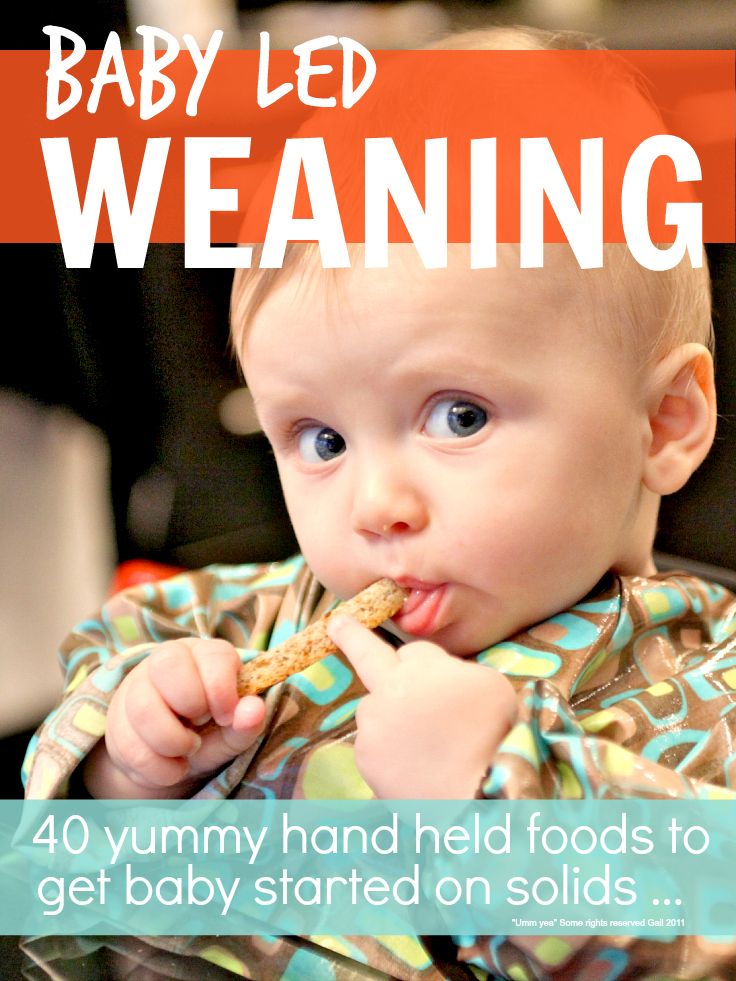
Pay attention! When sodium chloride is low, there may be loss of appetite, abdominal pain, nausea, and excessive flatulence. Someone also talks about dizziness and a drop in blood pressure, but all conditions should be observed with doctors.
Why don't they salt their food to children? And in general - do children need to salt their food?
- As I said, many foods contain natural salt. It is so thought out by nature that children receive the first salt from breast milk or formula and in a form that does not harm them. For example, 100 ml of breast milk contains 0.17 sodium. From six months, you can switch to other types of food, making sure that it is suitable for your child's age. I will especially note that cow's milk contains more salt than goat's milk, but in any case, whole milk is not recommended for babies under a year and a half years old.
- And yet, from the point of view of pediatricians, when is it possible to salt food for a child?
— Pediatricians recommend starting salting complementary foods no earlier than 7-8 months, but I would advise you to refrain from salt in the diet of a child up to a year. At the age of the start of complementary foods, the kidneys have not yet formed: they are not able to filter a lot of salt. You can provoke overexcitation, kidney and joint diseases.
At the age of the start of complementary foods, the kidneys have not yet formed: they are not able to filter a lot of salt. You can provoke overexcitation, kidney and joint diseases.
— What are the supposed health benefits of salt?
- Babies who sweat a lot are thought to lose sodium chloride. In fact, you need to think about dehydration. And it is better to replenish it not with salty foods, but by supplementing it with clean water separately from feeding. And, of course, you need to find out why the child is losing a lot of fluid.
For example,
the potassium-sodium balance in the cells is formed provided that there is enough vitamin D in the body. For some reason everyone forgets about this, but it is the level of vitamin D that you need to think about if the child sweats a lot. Hyponatremia (decreased sodium concentration in the blood serum) causes severe dehydration in case of diarrhea and vomiting, that is, the child loses a lot of water in a short period of time. In such conditions, it is imperative to consult a doctor, take tests, and the question of salting or not salting food will not solve the problem.
In such conditions, it is imperative to consult a doctor, take tests, and the question of salting or not salting food will not solve the problem.
Another example is that salt improves appetite,
this is a known fact. Salt increases the amount of saliva, increases the acidity of gastric juice and at the same time exacerbates the desire to eat. In 2008, an interesting study was conducted at the University of Iowa: rats were first fed salty food, and then deprived of salt, which led to irritation. When the rodents were again added salt to their food, they showed cheerfulness and good mood. This is an indicator that salt increases appetite and changes behavior.
If you add a lot of salt to baby food, then the child will get used to this amount and then will protest against insipid food. What to do? Gradually reduce the amount of salt or limit it completely, eliminating all salt reserves, and if age allows, add foods with a salty taste: orange, cranberry, pomegranate juice, onion, garlic, radish, parsley.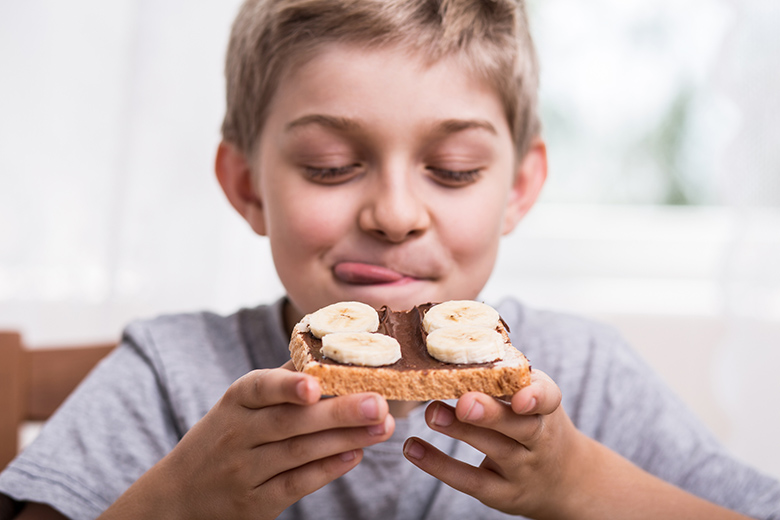
— How much salt does a child need?
- Until the year it is better not to add anything - the child will receive sodium chloride with food. In extreme cases, add salt from eight months - no more than 1 g per day. After a year, you can slowly introduce salt, but also in reasonable quantities, without overdoing it.
Types of salt: what can children do
— There is an opinion: in order to make salt more accessible to the child's body, its solution is evaporated in a water bath. But I never met parents who did it at home. When choosing salt, you need to carefully read the compositions, evaluate the condition and reaction of the child to salt, and remember the expiration dates.
— What salty foods are strictly prohibited for children and why?
- Salted straws, fish or nuts, even for an adult organism, have an excess of salt. In them, the allowable dosage of salt is almost 17-20 times exceeded, which loads the liver, kidneys, and blood vessels.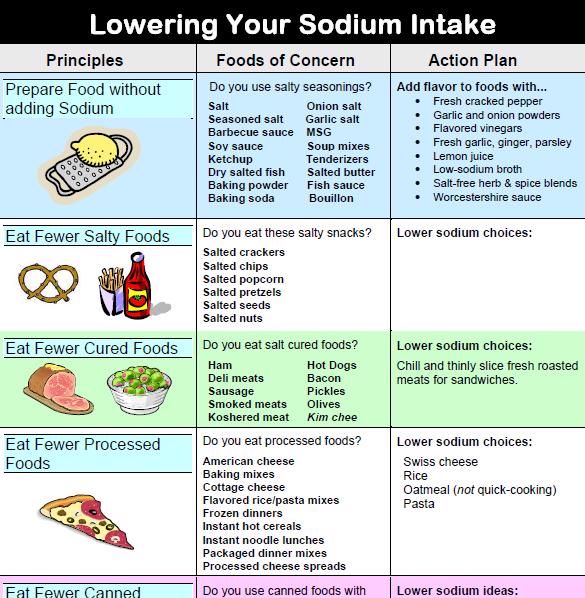
Pediatricians and pediatric gastroenterologists recommend not giving your child sugar and salt until they can do without them. Dentists talk about the age of three or four years and the restriction of sweets. But in big cities, children try everything earlier. And as soon as the child gets acquainted with the taste of salted or sweet food, the process cannot be stopped, he will continue to ask for such food, since his receptors will only respond to it. Therefore, young children should be limited in salt and sugar, including their solutions in water.
When choosing products, it is necessary to focus on the age of the child and do not forget that by adding food, we increase the natural dosage.
— Is it possible to replace salt with something?
- Some mothers replace salt with kelp - they buy it in pharmacies, grind it into dust and add salt to food. But they forget that kelp is an iodine-containing product that is undesirable in the diet of children with hypersensitivity to iodine. In addition, kelp is indicated for chronic constipation, and when eaten, it will take water from the body. So, in order not to get dehydrated, you need to increase your water intake. Increasing in volume, it irritates the mucosal receptors and increases intestinal motility, which means that the child will go to the toilet more often. Therefore, replacing salt with something, you need to evaluate all the pros and cons.
In addition, kelp is indicated for chronic constipation, and when eaten, it will take water from the body. So, in order not to get dehydrated, you need to increase your water intake. Increasing in volume, it irritates the mucosal receptors and increases intestinal motility, which means that the child will go to the toilet more often. Therefore, replacing salt with something, you need to evaluate all the pros and cons.
— Is there salt in prepared vegetable and meat purees, cereals and cream soups?
— When choosing food for a child, it is important to read the ingredients. If the product does not contain added salt, such as MAMAKO ® baby food, the manufacturers declare this on the packaging, and if sodium chloride is added, then it will be included in the description of the product composition. And do not forget that complementary foods without salt for a child will be much tastier than it seems to adults.
There is no need to hurry with the introduction of salt: children's products already contain this natural component. Additional salting of food increases the load on all organs and systems of the baby. When starting to introduce salt, remember the WHO and Russian health recommendations on the permissible salt intake per day for a child under one year old.
Additional salting of food increases the load on all organs and systems of the baby. When starting to introduce salt, remember the WHO and Russian health recommendations on the permissible salt intake per day for a child under one year old.
* Breast milk is the best food for babies. WHO recommends exclusive breastfeeding for the first 6 months of a child's life and continued breastfeeding after complementary foods are introduced until the age of 2 years. Before introducing new products into the baby's diet, you should consult with a specialist. The material is for informational purposes and cannot replace the advice of a healthcare professional. For feeding children from birth.
Salt for children: benefits and harms
One of the most ancient and popular food additives to this day is salt. About whether it is necessary to introduce it into the child's diet, what are the benefits and possible harm of salt for the child's body, read this article.
Salt is an irreplaceable source of useful trace elements
Sodium chloride, which is the main element in the composition of table salt, plays an important role in ensuring the correct functioning of various body systems, including the body of a child. For example, salt components (sodium, chlorine) contribute to the elimination of toxins, the absorption of a number of micronutrients, the normal metabolic process, water-salt metabolism, the proper functioning of the heart muscle, and neuromuscular endings. The use of salt by ninety percent covers the deficiency of chlorine in the body.
For example, salt components (sodium, chlorine) contribute to the elimination of toxins, the absorption of a number of micronutrients, the normal metabolic process, water-salt metabolism, the proper functioning of the heart muscle, and neuromuscular endings. The use of salt by ninety percent covers the deficiency of chlorine in the body.
With insufficient salt intake, the child may complain of a constant desire to sleep, lethargy, loss of strength, deterioration in general well-being. Perhaps the occurrence of apathy, the disappearance of appetite. Toddlers may suffer from cramps and muscle pain. Thus, salt is a necessary element in the diet of a child, but it must be consumed based on age norms, since an excess of sodium chloride also threatens with negative health consequences.
Salt guidelines for children
Most pediatricians and nutritionists tend to believe that babies under the age of one and a half years do not feel the need to use salt as a dietary supplement, that is, they do not need to add salt to food.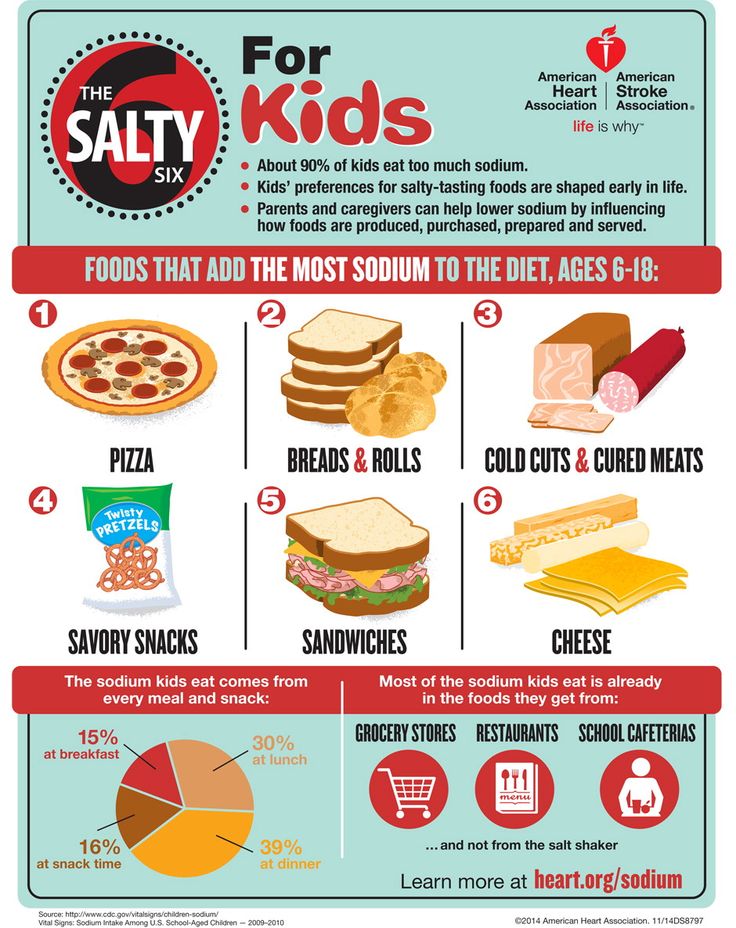 Children receive all the necessary amount of useful elements (for example, sodium) from their mother's breast milk and milk formula if the child is formula-fed, as well as from cereals, vegetables and fruits, meat, dairy products during the introduction of complementary foods. For adults, such food may seem insipid and tasteless, but the “unspoiled” receptors of the child perceive it quite normally, so parents should not reach for the salt shaker to enhance the taste of children's dishes.
Children receive all the necessary amount of useful elements (for example, sodium) from their mother's breast milk and milk formula if the child is formula-fed, as well as from cereals, vegetables and fruits, meat, dairy products during the introduction of complementary foods. For adults, such food may seem insipid and tasteless, but the “unspoiled” receptors of the child perceive it quite normally, so parents should not reach for the salt shaker to enhance the taste of children's dishes.
You can start adding salt to babies after they reach one and a half years of age, while monitoring the daily amount of salt that the child consumes. Children aged one to three years should not eat more than 0.5 grams of salt per day, three to six years old - more than one gram, six to eleven years old - more than three grams, over eleven years old - no more than five grams of salt should be consumed. It must be borne in mind that the norms are indicated taking into account the amount of salt contained in breast milk, formula and foods that the child eats during the day.
What threatens the excess of salt intake
With excessive intake of salt in the child's body, there is a violation of the normal functioning of the kidneys and pancreas (which are especially sensitive at an early age), the nervous and endocrine systems, and the thermoregulation system. The formation of salt deposits in the joints begins, the load on the heart increases, the risk of developing hypertension increases, and disturbances in water-salt metabolism occur.
Symptoms of an excessive amount of salt in the body of a child are the presence of swelling of the face, eyelids in the morning, complaints of headaches, whims for no apparent reason and irritability, a decrease in the number of urination, and an increase in blood pressure.
Which salt to choose
Now on the shelves of shops there are many types of salt. For use in baby food, rock (table, table salt) is recommended, which can be of various grinding. Refined and black Himalayan salt are not suitable for a children's menu.


